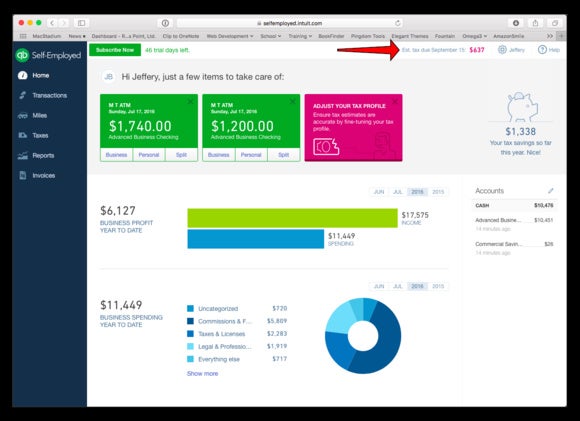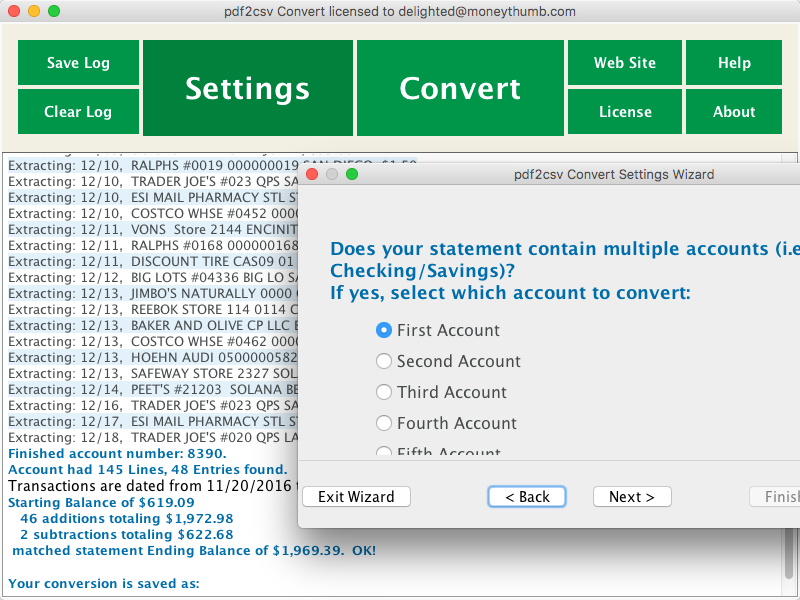

After import, open imported statement under Bank Feeds, match vendor records and assign expense/income accounts and add transactions to the register.

QBO (web connect) transaction files are imported the same way as transactions downloaded directly from your bank.QBO and IIF files are importable by QuickBooks Enterprise as well.įor older QuickBooks Desktop versions, convert to the IIF format. IIF files can be both for bank transactions and credit card transactions and for general journal entries (the ProperConvert app can switch from Transactions to General Journal Entries mode)įor QuickBooks desktop, convert to QBO (Bank Feeds or web connect) format or IIF format if you have QuickBooks 2020-2023. QBJ files are for general journal entries only QBO files are for bank and credit card transactions only QBJ format - Quickbooks desktop 2013 or later IIF format - Quickbooks desktop only, but all versions even discontinued ones QBO (web connect) format (QuickBooks 2020-2023 for Windows or Mac and Quickbooks Online) Both formats have limitations – read below to choose the most suitable format for you. QBO and IIF formats are different: QBO (Web Connect) is to import bank transactions, and IIF is more ‘low level’ import allowing to create of various transactions between QuickBooks accounts. Import bank transactions and credit card transactions into QuickBooks 2020-2023 and Quickbooks Online through the QBO format or the IIF format (all QuickBooks Desktop versions are supported). Use the ProperConvert app to convert your file to a format compatible with Quickbooks. See below options and Desktop and Online versions.

The QBO format applies to bank transactions files and credit card transactions files. Both variants import the QBO format as a common format for bank transactions under Bank Feeds, and each of them imports its own set of formats. QuickBooks accounting software is offered as QuickBooks Desktop (QBD) or QuickBooks Online. Convert to Quickbooks compatible formats (QBO, IIF, QBJ)


 0 kommentar(er)
0 kommentar(er)
